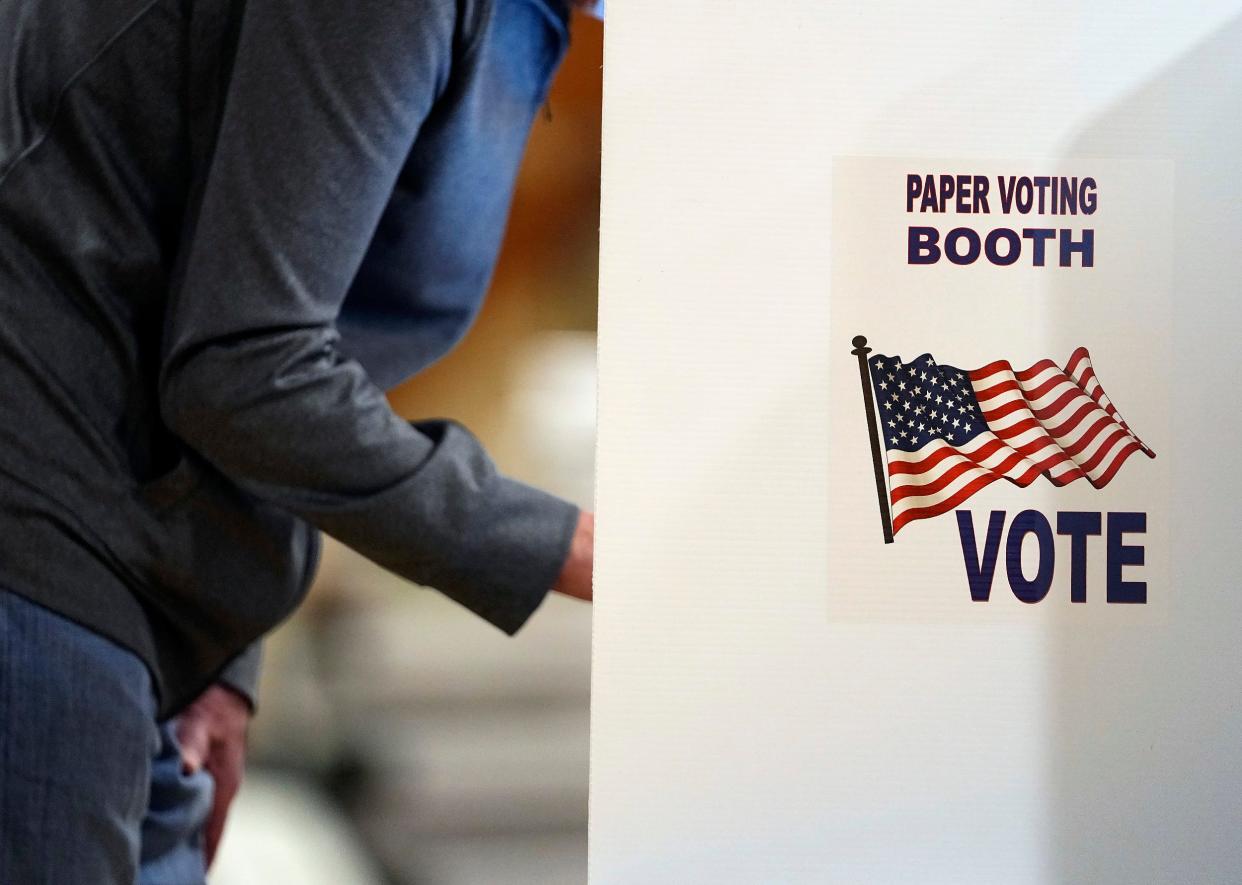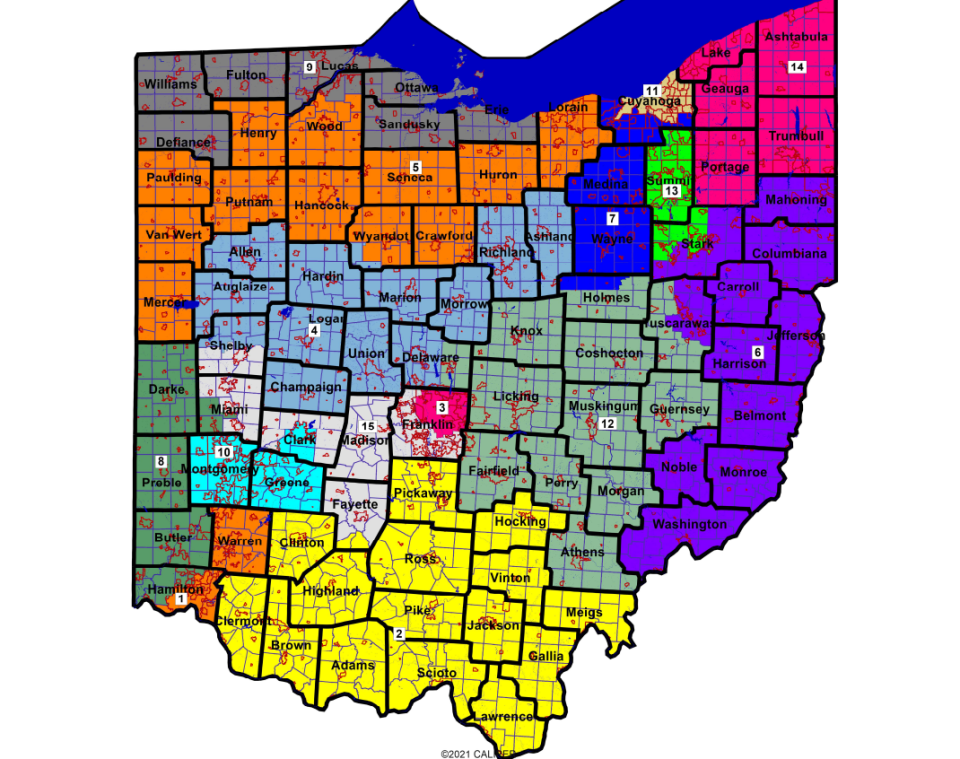Election 2022: Ohio House, Senate and Congress districts have changed. What district are you in?

Ohio's redistricting saga put many voters in new Ohio House, Senate and congressional districts for the upcoming election.
When voters go to the polls this fall, they may be surprised to learn they have different lawmakers representing them at the Statehouse and in Washington.
The redistricting fight that lasted months is now forcing Ohioans to vote this year using maps declared unconstitutional by the Ohio Supreme Court.
If your voting district has changed, your representatives may have changed, too.
For example, a resident living in western Delaware County might be used to U.S. Rep. Troy Balderson, R-Zanesville, as their congressman. Thanks to the new congressional districts, their representative would now be U.S. Rep. Jim Jordan, R-Urbana.
How to know your voting district in Ohio:

Voters should become familiar with their voting districts, polling locations and local representatives in order to stave off any surprises before they vote.
Voters can find their local congressional, Ohio House and Ohio Senate districts by visiting the Ohio Secretary of State's website.
The Ohio Secretary of State's office also keeps a list of polling locations in each county. Voters can preview the candidates and issues that will appear on their local ballot by visiting their county's board of elections website.
How did we get here?
There were two primary fights over redistricting in Ohio: one is over what the 15-seat congressional map looks like, the other is about district lines for the 99 House seats and 33 Senate seats in the state legislature.
The Ohio Supreme Court rejected GOP-drawn maps as illegal gerrymanders that favored Republicans seven different times.
Two federal judges ultimately picked the state House and state Senate maps, calling them "the best of our bad options." Ohio held a second primary election for the state legislature in August using the new maps, which cost the state up to $20 million and had an abysmal voter turnout.
The Ohio Supreme Court found the congressional map used during the first primary in May to be unconstitutional, ruling that the districts it used violated anti-gerrymandering laws in the state constitution. The maps will still be used during the election in November, though, since candidates were already selected in May using those districts.
Nolan Simmons is a fellow in the E.W. Scripps School of Journalism's Statehouse News Bureau.
Get more political analysis by listening to the Ohio Politics Explained podcast
This article originally appeared on The Columbus Dispatch: What to know about Ohio's new voting districts ahead of Election Day

